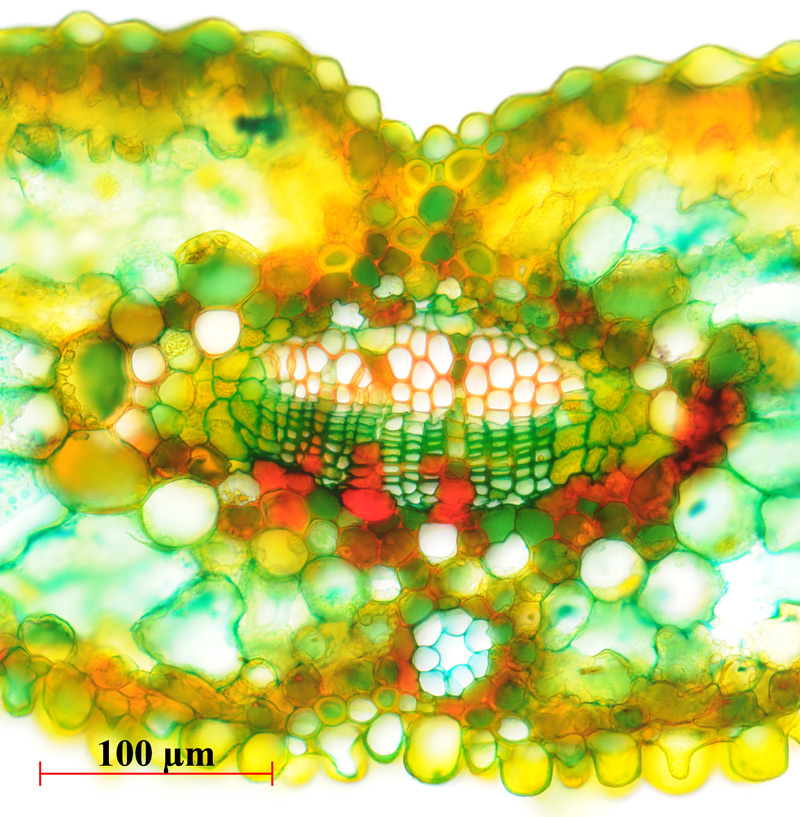Bundle Sheath on:
[Wikipedia]
[Google]
[Amazon]


 A vascular bundle is a part of the transport system in
A vascular bundle is a part of the transport system in

 A vascular bundle is a part of the transport system in
A vascular bundle is a part of the transport system in vascular plant
Vascular plants (), also called tracheophytes (, ) or collectively tracheophyta (; ), are plants that have lignin, lignified tissues (the xylem) for conducting water and minerals throughout the plant. They also have a specialized non-lignified Ti ...
s. The transport itself happens in the stem
Stem or STEM most commonly refers to:
* Plant stem, a structural axis of a vascular plant
* Stem group
* Science, technology, engineering, and mathematics
Stem or STEM can also refer to:
Language and writing
* Word stem, part of a word respon ...
, which exists in two forms: xylem
Xylem is one of the two types of transport tissue (biology), tissue in vascular plants, the other being phloem; both of these are part of the vascular bundle. The basic function of the xylem is to transport water upward from the roots to parts o ...
and phloem
Phloem (, ) is the living tissue in vascular plants that transports the soluble organic compounds made during photosynthesis and known as ''photosynthates'', in particular the sugar sucrose, to the rest of the plant. This transport process is ...
. Both these tissues are present in a vascular bundle, which in addition will include supporting and protective tissues. There is also a tissue between xylem and phloem, which is the cambium
A cambium (: cambiums or cambia), in plants, is a tissue layer that provides partially undifferentiated cells for plant growth. It is found in the area between xylem and phloem. A cambium can also be defined as a cellular plant tissue from whic ...
.
The xylem typically lies towards the axis ( adaxial) with phloem positioned away from the axis (abaxial
{{Short pages monitor